
Killian Knowles graduated from S&T with a bachelors in technical communication in May 2015. Sam O’Keefe/Missouri S&T
Missouri S&T offered Killian Knowles two things that few universities in the U.S. could: a top-notch education in technical communication and the kind of personal attention that comes through small class sizes and knowledgeable, friendly instructors. That he could get his bachelor’s degree from a school renowned for preparing students for the real world and rewarding, well-paying jobs was a bonus.
S&T consistently ranks among the top universities in the country in terms of return on investment and graduate starting salaries. In a December 2015 report, S&T came in at No. 2 among public colleges on Kiplinger’s list of Best College Values in regards to “salary yardstick” at $65,500. The measure is “based on the median earnings of workers who started at a particular college 10 years earlier and who received federal financial aid.” [Read more…]




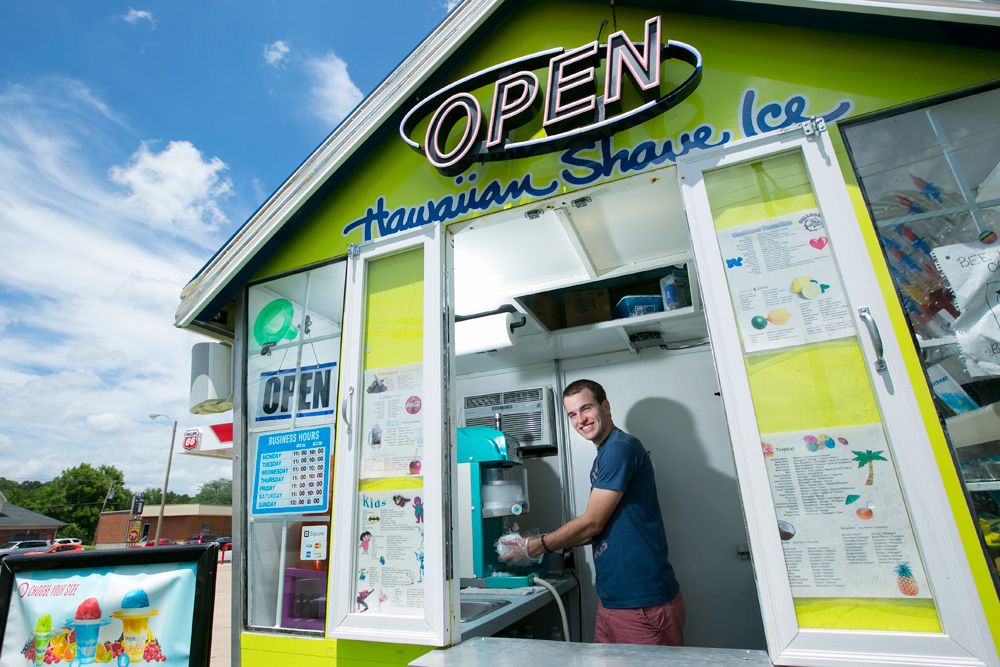
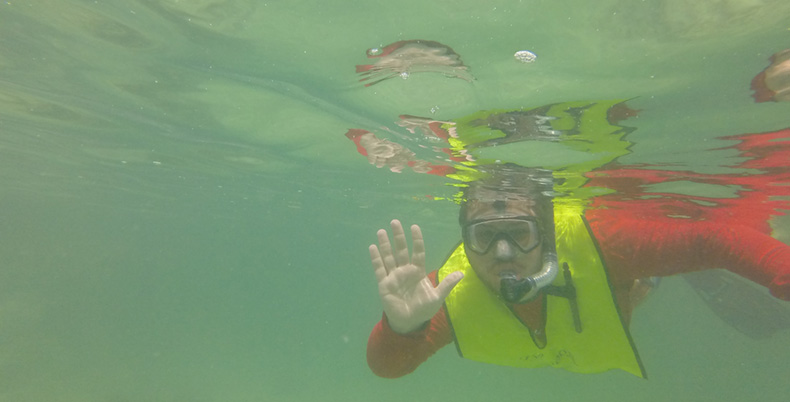
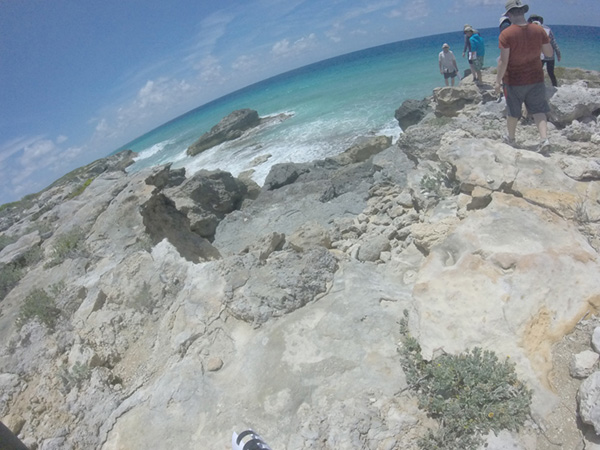


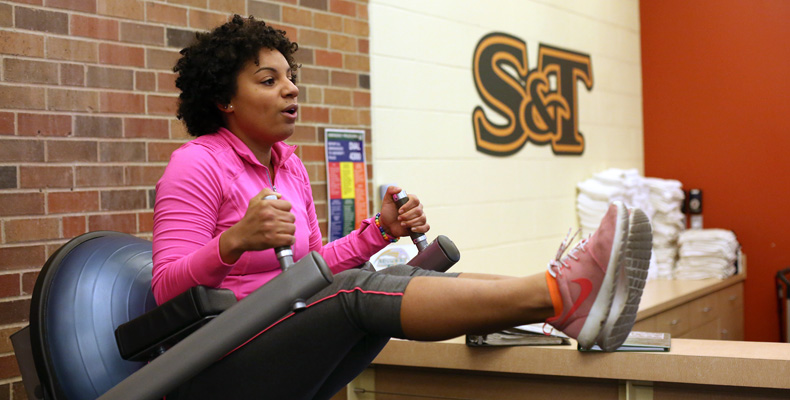
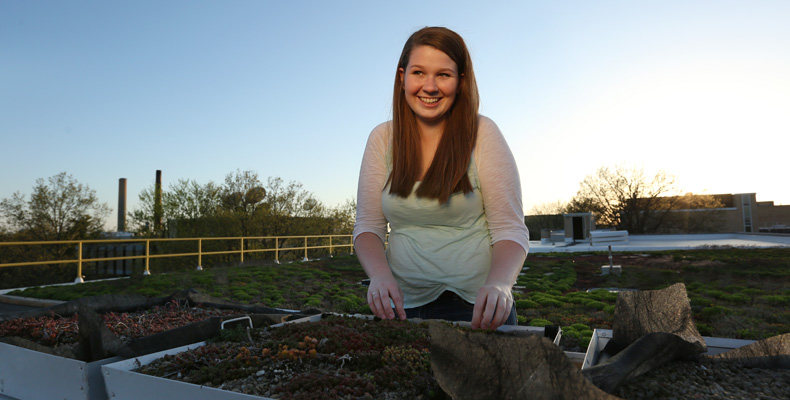
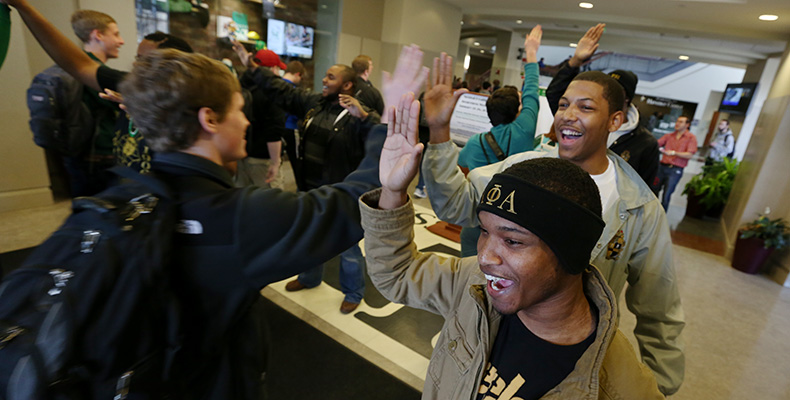
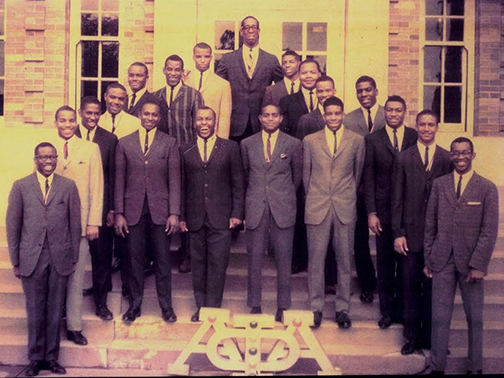

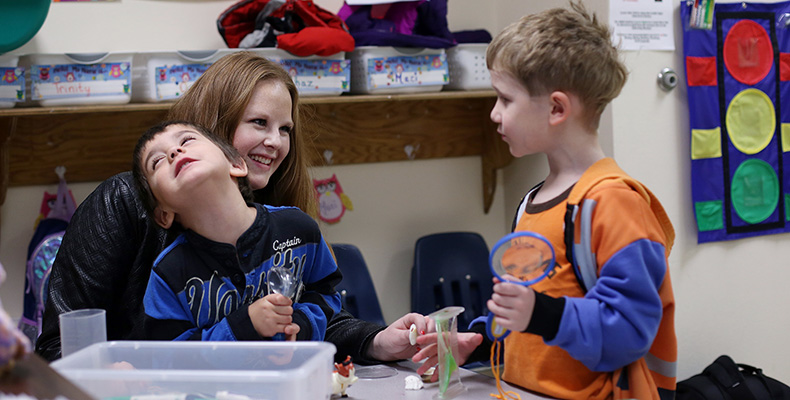
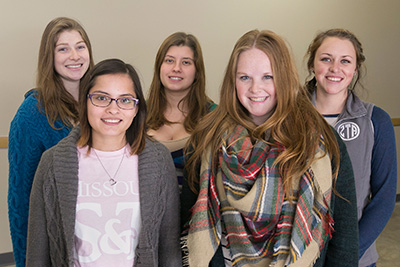
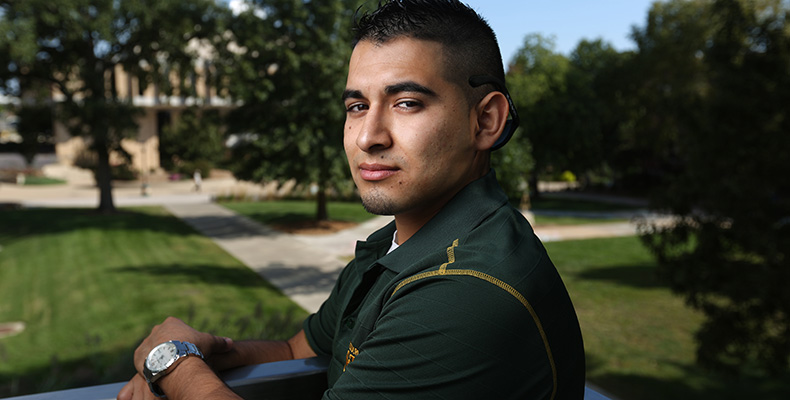
Recent Comments